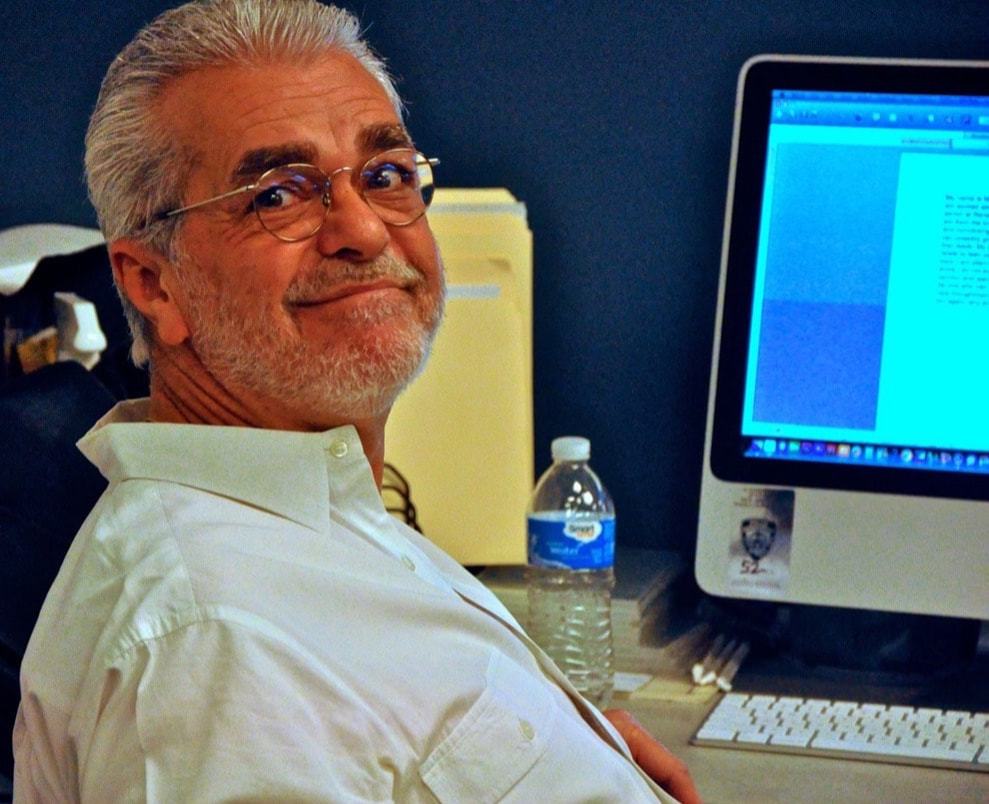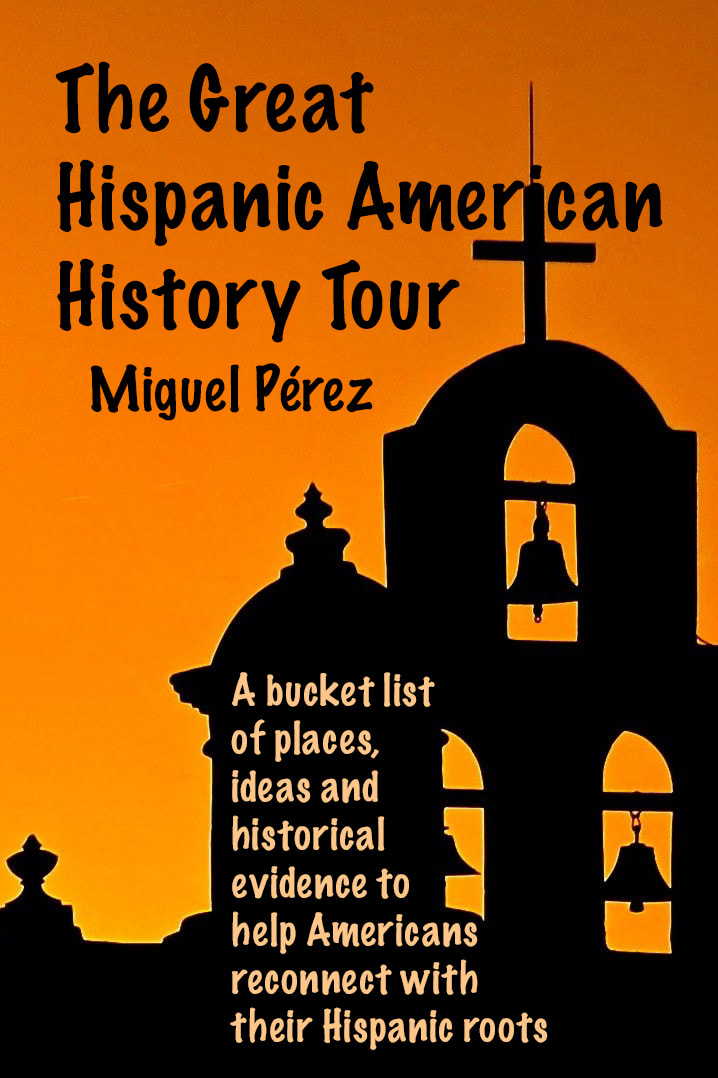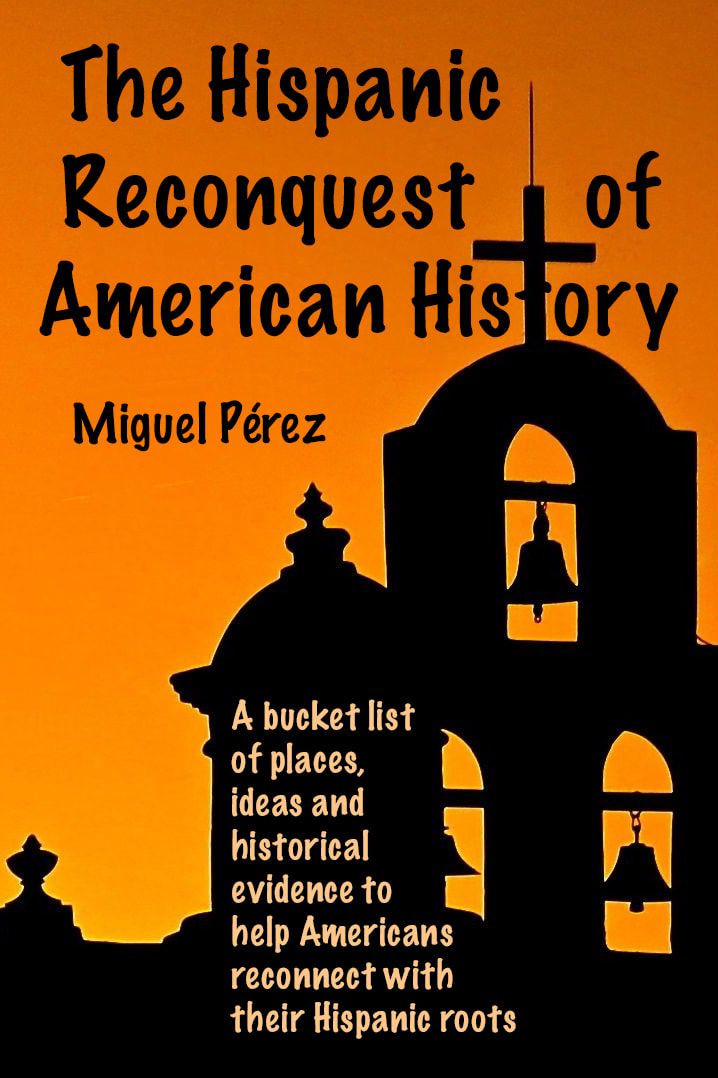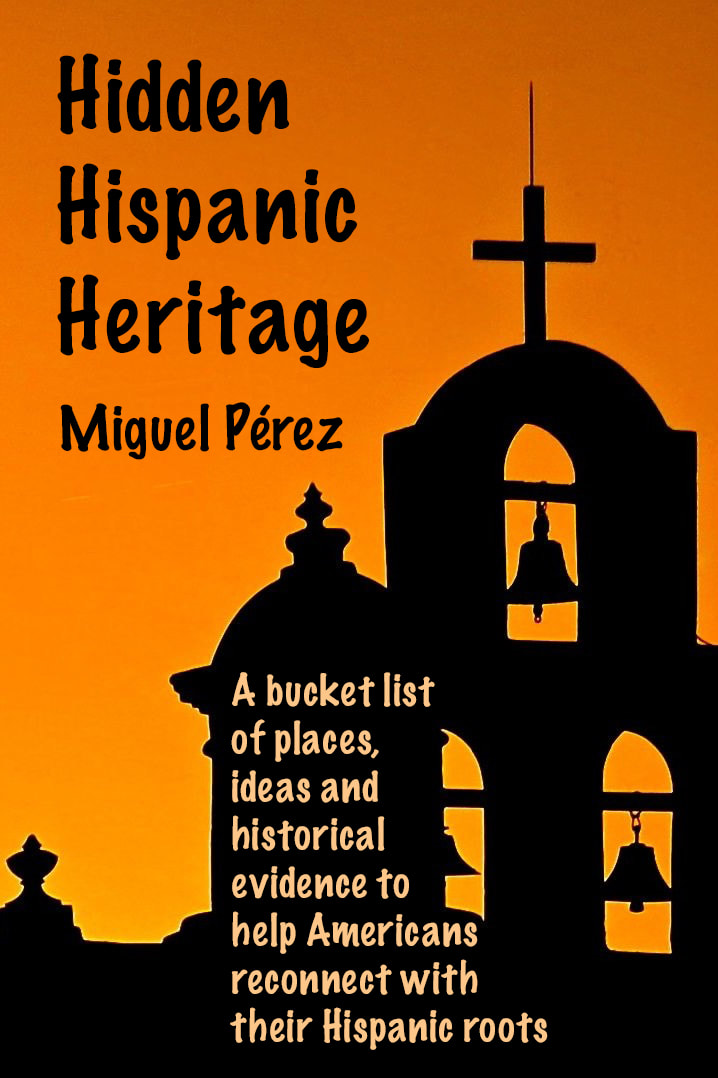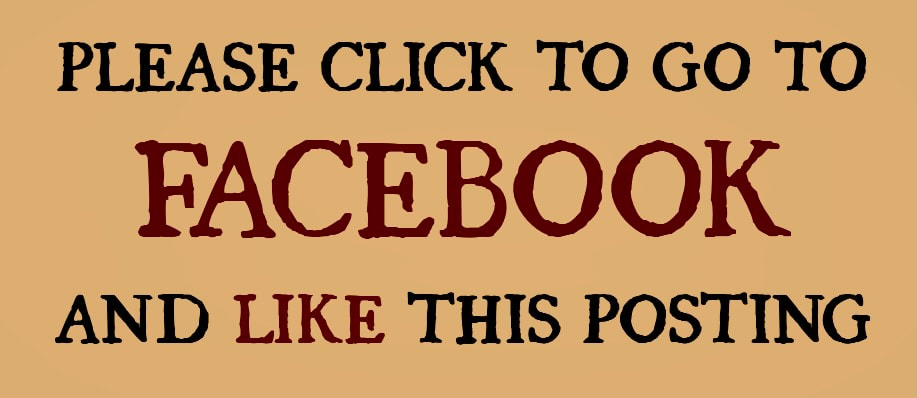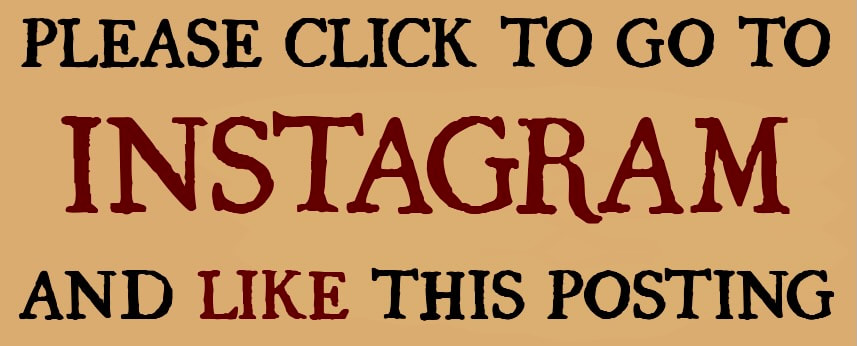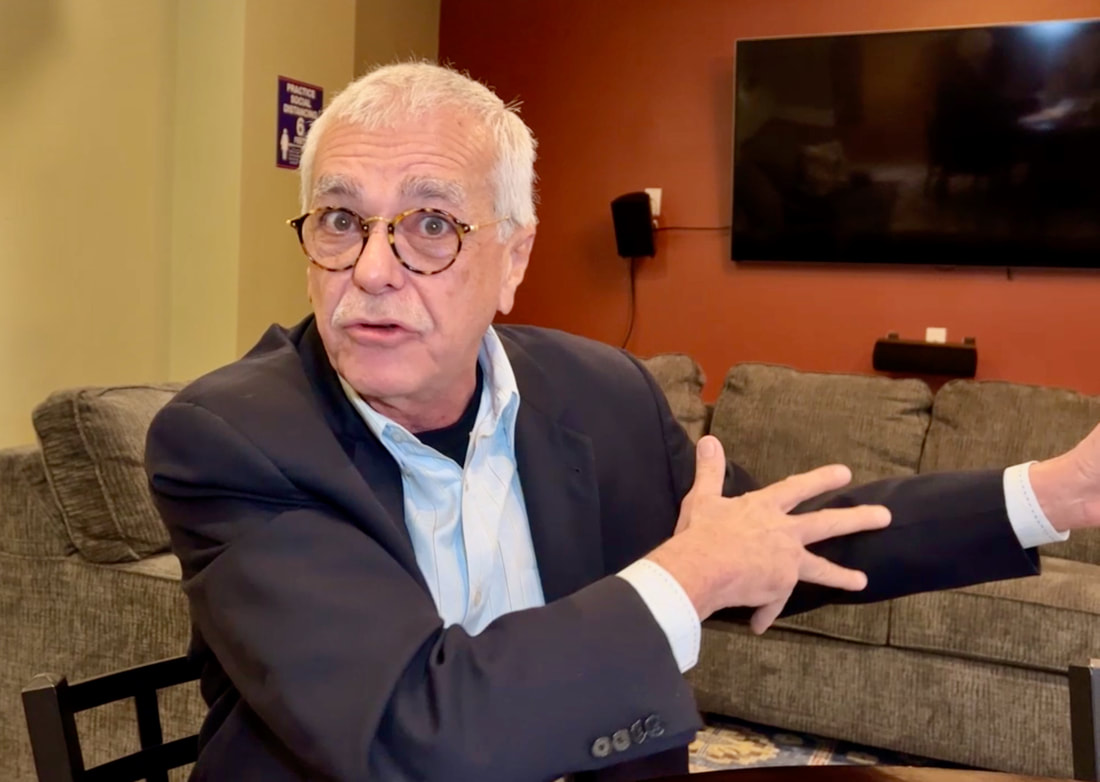Which book title is best? |
INTRODUCTIONI didn't ask for this. I was perfectly happy with my life as a journalist. And yet, little by little, in ways that are still hard to explain, my life turned me into a historian!
I think it's all based on passion. I never thought anything could top my passion for writing news, and covering the U.S. Hispanic community, until I discovered my passion for writing history, especially the Hispanic events and contributions that have been whitewashed by American history. For me, there came a point when Hispanic history became more important than Hispanic news. But it was a slow process, and it was the news that led me to the history! Ironically, it was during Hispanic Heritage Month that I began to develop an interest in our hidden Hispanic heritage – not because of how much history we were all learning during that month, but because, as a reporter, I would discover how little Hispanic history we actually knew! In the late 1970s and the 1980s, I was a reporter and columnist for The New York Daily News, and my job was to cover the Hispanic community – the good, the bad and the ugly. Everything from a parade to a hostage standoff involving Latinos, writing about it was my job. And you would think that covering a parade would be fun, right? Interviewing parade marchers would be cool, right? Wrong! Amazingly, parades were always a struggle! As a reporter, you want a variety of comments. You don’t want everyone telling you the same thing, because you want to avoid repeating the same quotes in your story. But it was always difficult to get a variety of quotes to illustrate my parade stories. I would approach young Latinos who were marching in beautiful ethnic costumes, and I would ask them a simple question: "Why are you here?" And I would always get the same answer: “Because I’m very proud of being Hispanic,” they would say. Unfortunately, the next, and the next and the next person would tell me exactly the same thing. It was terribly frustrating. “So why are you proud of being Hispanic?” I would insist. And much to my amazement, they had nothing more to say. It was as if someone had zippered their lips! Zilch! Nada! So that’s when I knew we had a huge problem in our Hispanic community. That's when I began to write about how little we know. That’s when I began to notice that we throw a lot of Heritage Month fiestas, but we learn very few history lessons during that time. I began to see the difference between how Latinos and African Americans celebrate their months, and I soon realized that Black History Month is so much more about education than cocktail parties. But then something happened that would intensify my interest in U.S. Hispanic history. During one of those Hispanic Heritage Months, I was assigned to interview and write a feature story about a historian who had just received a huge grant to go around the country researching Hispanic American history. His name was Joe Monserrat. I had already met Monserrat. He was a Puerto Rican educator and scholar who had led Hispanic community organizations and served on the New York City Board of Education. So, I set up an interview with Monserrat, and I met with him in his office, where he proceeded to embarrass the hell out of me! “Oh, so you cover the Hispanic community, right? he asked. “Let’s see how much you know!” Mind you, I was already in my late 20s and, since I grew up in Florida, I had some knowledge of the Ponce de Leon discovery and the establishment of St. Augustine. I thought I knew a moderate amount of the history of the Spanish presence in what is now the United States. And then Monserrat proceeded to ask me a series of rapid-fire questions, most of which I could not answer, making me feel exactly like the people who had zippered their lips at the parades. It was a revelation! I had so much more to learn! “So, you know about Ponce de Leon,” he said. “How about Hernando de Soto? Or Cabeza de Vaca? How about David Farragut? Or Bernardo de Galvez? Surely, you know Eusebio Kino, right? How about Junípero Serra? How much do you know about the Black Legend?” Joe Monserrat became my mentor. After that initial interview, I had him as a frequent guest on my radio and TV shows. On my live talk-radio program on Radio WADO is Spanish, we would have three-hour discussions with dozens of callers. On television, when I hosted a half-hour show called Images/Imagenes on the New Jersey Network, the producers ran out of the control room after we had finished tapping, insisting that Monserrat had to stick around so we could record a second show. They were so impressed with our discussion that they wouldn’t let him leave! Of course, by that time, a decade after our first interview, I had become a Hispanic history buff and a Monserrat disciple. I knew what questions to ask. That interview is in Youtube. Monserrat died in 2005, before he finished writing a book he intended to publish. And as his disciple, I’ve carried the torch, to continue shining some light on our hidden Hispanic heritage. Since I was an opinion columnist, able to pick my own topics to write about, I decided that every so often -- instead of current events — I would write a history column. I would research a topic, like for example, The Black Legend, or the First Thanksgiving, and then write a column about it. Some of those columns were written for The Bergen Record in New Jersey, and some for the Creators Syndicate, and so they were distributed and published in newspapers around the country. Even after I left my full-time job as a journalist and became a full-time journalism professor at Lehman College, CUNY, in 2006, I continued writing my syndicated opinion column, including many more history columns, for several years. My series was already up to 27 parts when I gathered them all together and launched my HiddenHispanicHeritage.com website on Oct. 16, 2012. But I was teaching only journalism, both news writing and TV production courses. I even became chairman of the department! And yet my passion for Hispanic history kept pulling me in a different direction. As a journalist, I felt it wasn’t enough to just read about historic places. I had to go and do some reporting, and then write my own history chapters. As I wrote in a column, “I want to see the relics left by our great-grand Spanish ancestors. I want to follow their trails. I want to visit the towns that have been named by them and the monuments built to recognize their great accomplishments. I want to pray in the churches they built.” So, in 2014, with the goal of expanding my series and creating a course based on my website, Lehman gave me a leave of absence so I could go on a cross-country road trip to visit dozens of Hispanic heritage sites. I called my journey “The Great Hispanic American History Tour.” By the time I finished reporting on my tour, my series was up to 76 parts! And then in 2015, I wrote four more columns from Washington, D.C., where Hispanic history was on display everywhere – except the museums! In the Spring of 2017, while still teaching journalism, I created and began to teach “U.S. Hispanic History,” a course based on my 80-part series. In the summer of 2018, I went back on the road for my California Road Trip, and expanded my series to 107 parts. In 2019, I retired from my full-time job as a journalism professor, but kept teaching my history class, which I then converted into an online course, so that I could continue traveling to historic places I had not yet visited. ---------------------- My ultimate goal is to turn my series into a book. But unfortunately, Covid-19 has delayed my travel plans. And there is another problem: Where do I put my photos? My students constantly tell me that my photos in my website make the reading much more interesting. So if I publish a book with a lot less photos, would my message be as effective? If you can spare a few minutes, now that the semester is over, give me your advice through the “354 Survey,” now visible in the “Tests and Quizzes” section of Blackboard! Mil gracias! My TV interview with Joe Monserrat |
- HOME
- ABOUT US/QUIENES SOMOS
- CHAPTERS/CAPITULOS
- EN ESPAÑOL
- ON FACEBOOK
- IN THE NEWS/NOTICIAS
- ACCOLADES/ELOGIOS
- VIDEO LECTURES/CHARLAS
- MIGUELPEREZ.COM
- MY STUDENTS
- ABOUT MIGUEL
- SOBRE MIGUEL
- VIDEOS WE LIKE
- CONTACT US/CONTÁCTENOS
- THE HISPANIC AMERICAN HISTORY MUSEUM
- NYC HISPANIC LANDMARKS
- NYC HISPANIC ART
- TIMELINE/CRONOLOGIA
- WE MADE IT HAPPEN!
- THE GREAT TOUR/LA GRAN GIRA
- CALIFORNIA ROAD TRIP
- ON THE ROAD AGAIN
- EN EL CAMINO OTRA VEZ
- Explorando Nuevo Mexico
- Exploring New Mexico
- MY NEW ROAD TRIP

